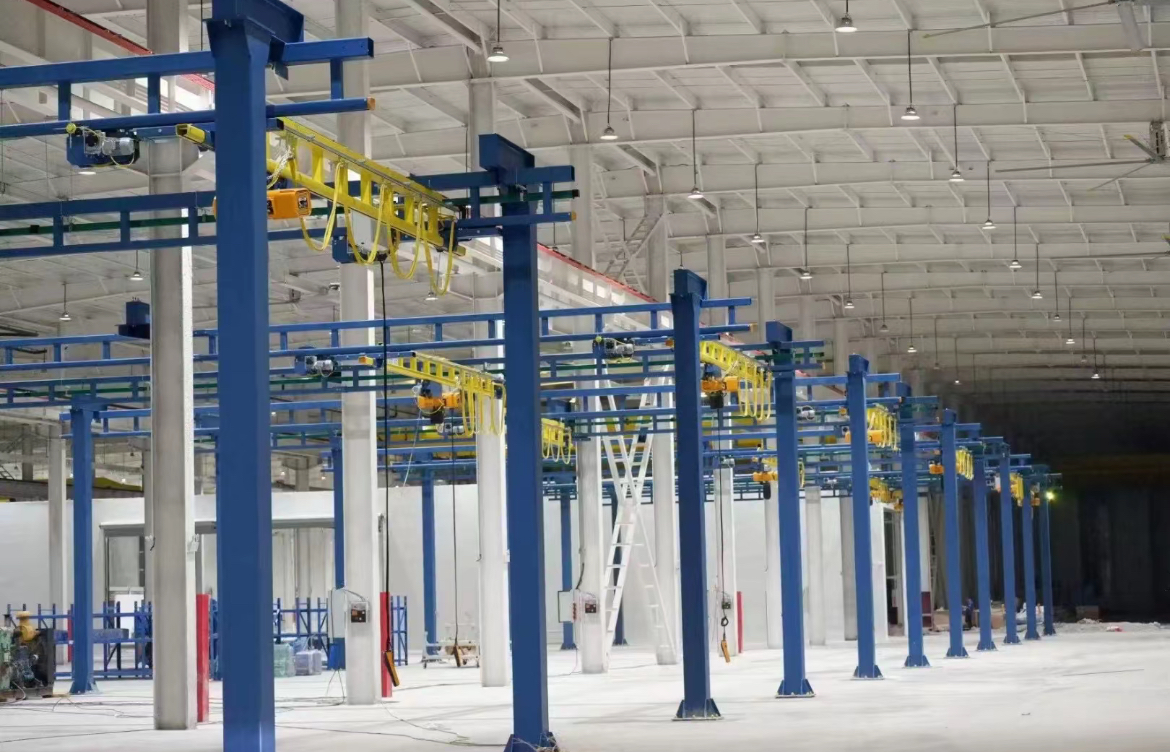Essential Reading: Safe Operation of KBK Rail Cranes
In modern industrial production, KBK Rail Cranes are crucial for internal material handling within workshops due to their flexibility and efficiency. However, efficiency comes with inherent risks, as every non-compliant operation can lead to serious accidents. This article delves into the core elements of safe operation for KBK Cranes to safeguard your production safety.
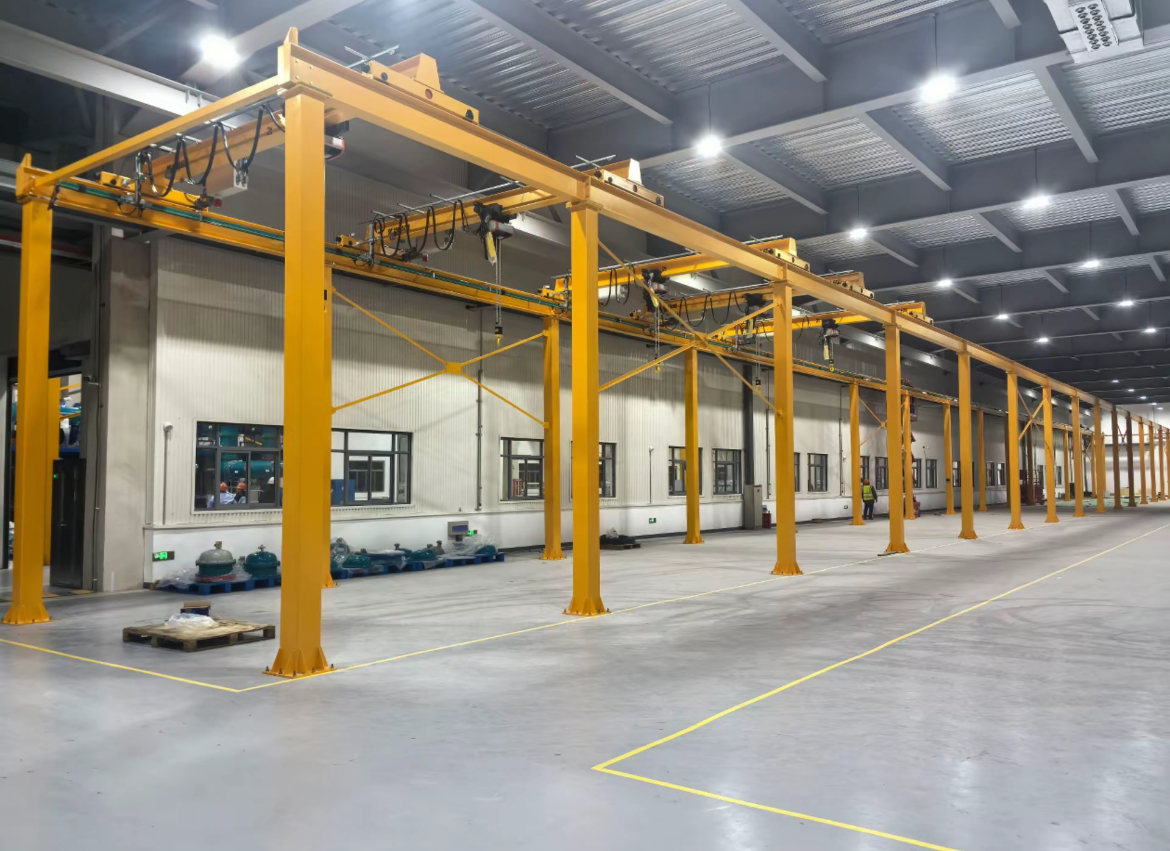
Understanding KBK Rail Cranes: Risks & Structure
The modular KBK Rail Crane system enables flexible layouts. Key risks:
Rail precision affects KBK Rail Crane stability.
Turning zones pose collision risks.
Dense areas create hazards.
Know your KBK Crane, follow Safety Protocols.
Mandatory Safety Standards
Operate KBK Rail Cranes under:
ISO 4309: Wire rope maintenance, inspection, discard.
OSHA 1910.179: Inspection, maintenance, operator qualifications.
EN 15011: Structural strength & safety device specs (EU).
These are the Safety Protocols foundation, Comply always with KBK Crane rules.
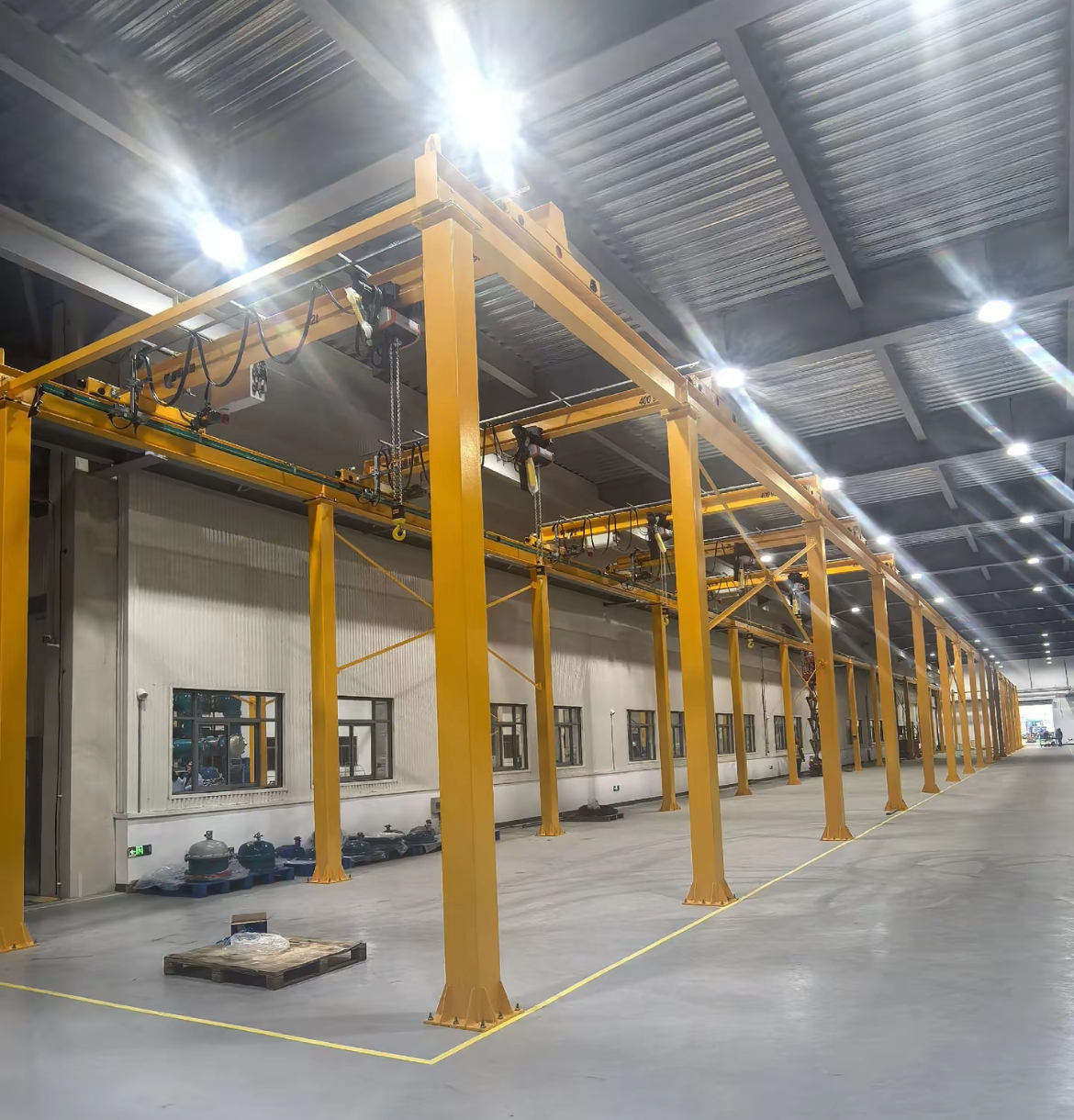
Critical Safe Operation Procedures
Prepare Operation:
Rail Check: Inspect daily. Prevents KBK Rail Crane derailment. Core Safety Protocol.
Gear Check: Confirm hook latches; check slings. Overloading risks KBK Crane failure.
Clear Path:Remove obstacles. Safety Protocol must.
During Operation:
Smooth Moves: Avoid jerks. Protect KBK Crane integrity.
No Side Pulling: Lift vertically only. Critical for KBK Crane stability.
Height Control: Never over people. 2m+ clearance.
Signal Clearly: One commander. Vital Safety Protocol.
Post-Operation Management:
Parking Position: Park the KBK Crane in the designated area with the hook raised at least 2 meters high.
Power Off & Lockout: Shut off the main power and apply a lock, executing lockout procedures.
Anomaly Reporting: Immediately report any unusual noises, jamming, or control malfunctions; operating faulty equipment is prohibited.
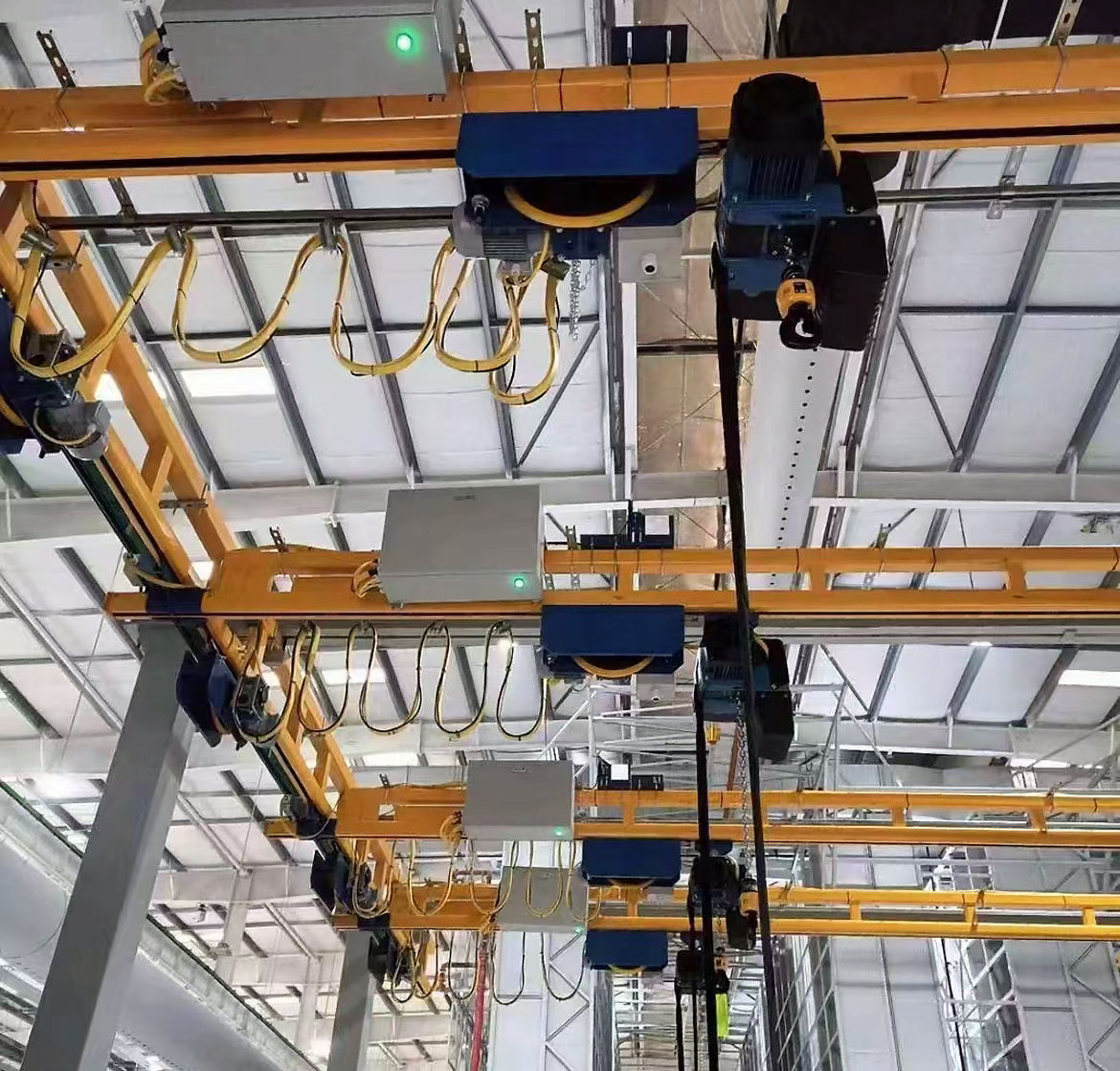
Preventing Common Accidents
Rail Failure:Monthly bolt/support checks for KBK Rail Cranes.
Collisions:Install anti-collision tech. KBK Crane Safety Protocol.
Electrical Faults: Yearly inspections. Safety Protocol requirement.
Violations: Train and enforce Safety Protocols. Protect KBK Crane users.
Modern KBK Cranes can integrate multiple safety technologies:
Overload Limiter: Monitors load in real-time and automatically halts operation if exceeded.
Travel limit switch: Precisely control the operating boundary to prevent track overtravel.
Fingerprint/Password Start: Ensures only certified personnel operate the equipment.
IoT monitoring: Cloud platforms log operational data and provide early warnings for fatigued components.
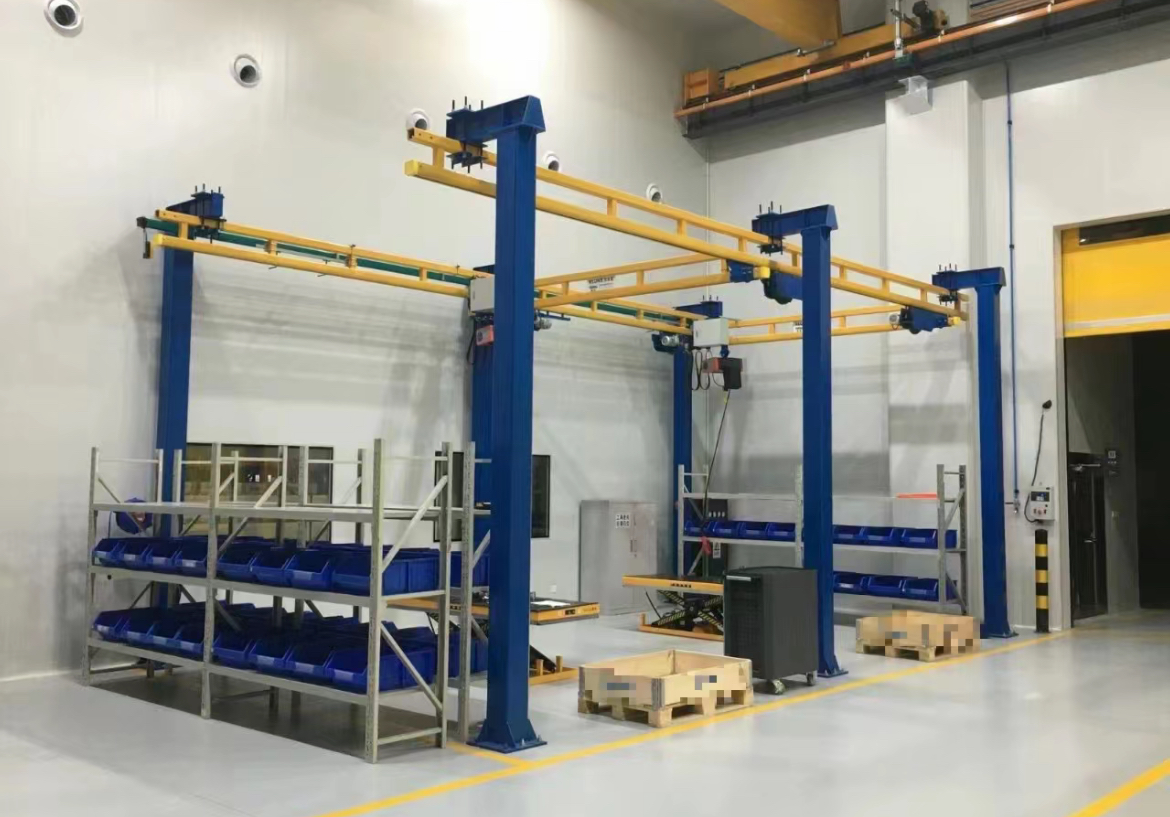
Conclusion
Operating a KBK Crane is akin to commanding an industrial workhorse. Only by internalizing regulations as instinct, making standards habitual, and integrating Safety Protocols into every lifting task can we achieve the perfect balance of efficiency and safety. Every compliant operation is a solemn commitment to life; every standard executed is a solid safeguard for the enterprise's future. There are no shortcuts on the path to safety—let the alarm bell ring constantly in our minds!
